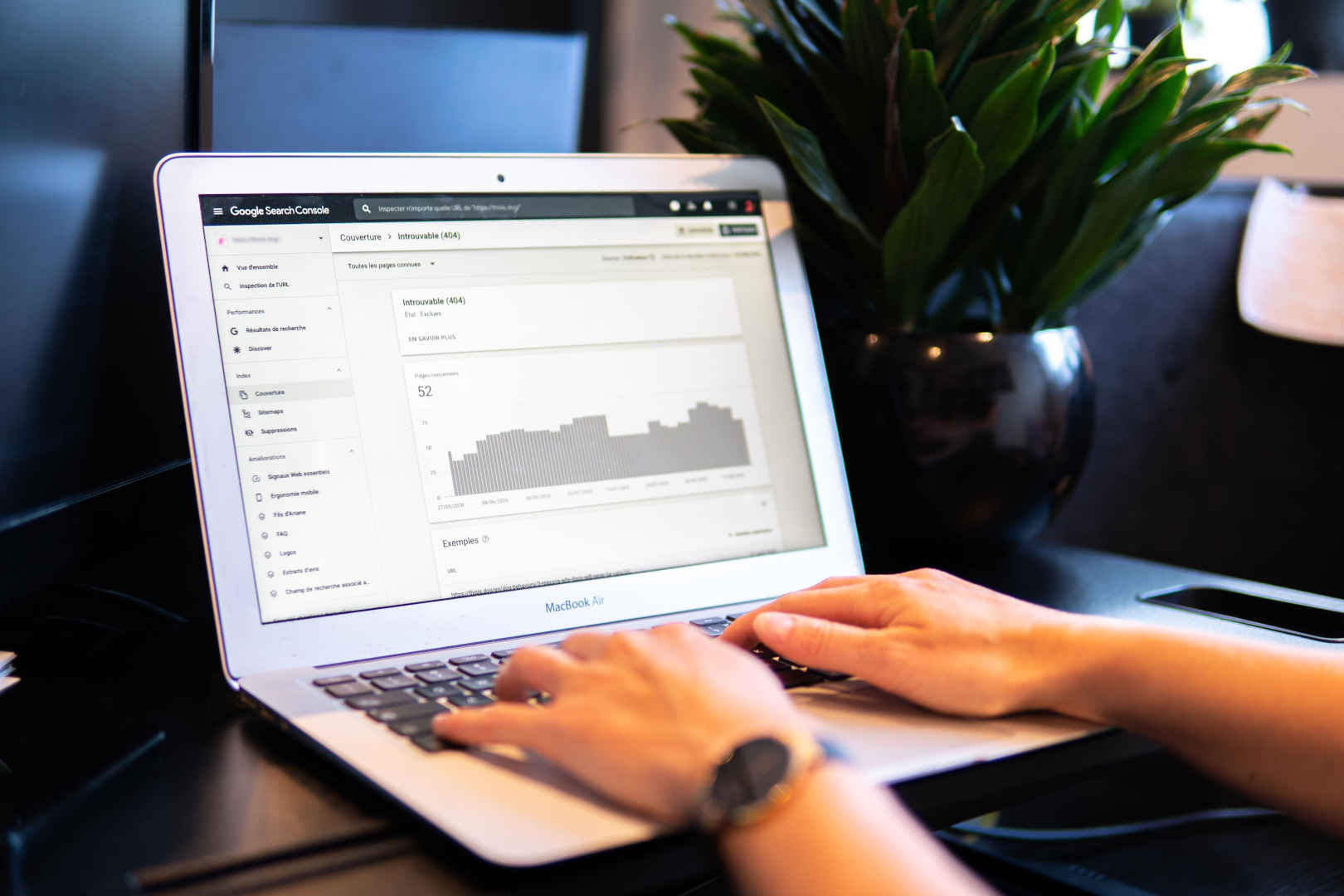How SaaS companies should approach pricing pages
Pricing can be controversial in many sectors of the business community, partly due to the general human attitude towards money. According to research by Wells Fargo, 44% of Americans find talking about money more difficult than other serious topics, including politics, religion, and even death. And while it’s easier to talk money in a business context, you’d be surprised how many people are still somewhat sensitive to budget discussions in the B2B realm.
That’s why it can be challenging for startups to address pricing pages properly. Your pricing page is like an online version of a conversation about cost with a sales rep. When done correctly, it can add value to the buyer’s journey and nurture clients toward choosing the most profitable options. Or it could repel prospects if the pricing page poorly conveys value.
Your pricing page is like an online version of a conversation about cost with a sales rep. Share on XSoftware pricing can be particularly complex because of its nature. There is no physical product or anything to put in a client’s hand. They don’t receive a box or envelope in the mail. Yet the right business software can be exponentially more valuable than any physical package or equipment.
If you’re a software company or similar startup looking to nail your pricing page, this post will provide some general strategies you can apply to your funnel, no matter what kind of service or product you offer.
Presentation is Key
The way you present different pricing options greatly influences how site visitors perceive your pricing. Consider how a restaurant might have prices on its drive-thru menu or a movie theater would set concession prices. These examples are consumer-based, but the lesson is the same: juxtaposing the cost of your desired option with more and less expensive options can help nudge prospects down the desired path.
Consider the movie theater example. You might be offered a small popcorn for $4.00, medium for $5.75, and large for $6.50. Even if you originally wanted a medium, looking at the relatively small cost difference between the large and medium, you’re more likely to spring for the large.
This hypothetical is just one example: we frequently see strategies involving color, shape, and page placement. Think about the many pricing or subscription pages you’ve viewed over time, and you’ll probably be able to come up with a few ideas or devices that worked exceptionally well.
Another significant concern with the presentation on your pricing page is how you’ll discuss the particular features and benefits mentioned. Typically, this is where software companies might tout their most crucial features or ones that differentiate them from competitors in the field. You may also consider offering a different pricing structure for those companies willing to pay a larger percentage upfront using something like a quarterly payment plan. Remember the old marketing adage here: benefits are more important than features. It’s nice to say what something does, but it’s even better to say what kind of result it will create for the buyer or their organization.
Experiment With CTAs
Calls to action (or CTAs) are vital because they represent the bridge from your pricing page to a prospect converting into a client. You can change many different options here, including these:
- Copy. The specific words you use for your CTA can have an impact on how well you’re able to convert page visitors into clients. Use specific action verbs whenever possible, but don’t make them too long.
- CTA shapes. The classic option is a rectangular button – you’ve probably seen the type frequently. Some brands might incorporate ovals, squares, or a more uncommon shape to stand out and catch a visitor’s eye.
- Colors. The colors you choose for the background, CTA elements, and text will always influence a visitor’s decision to convert. We’ve used color psychology for decades in pricing strategies for all different kinds of companies, both B2B and B2C. For example, blue is associated with trust and safety, while orange is considered aggressive and active.
Make sure that you track pricing page data as you experiment with different CTAs so that it’s clear which ones are moving the needle regarding conversions.
Lean Towards Simplicity
Many software startups provide a relatively complex digital tool for clients, whether because of regulatory concerns or industrial standards. For example, healthcare software companies may have to include an extra layer of security or encryption for HIPAA-related concerns. Manufacturing software providers might need to ensure their clients meet ISO or ANSI standards created for their field.
Even if your software falls into this category, distilling it into the simplest possible terms on your pricing page is meaningful. Whenever possible, have a bias towards fewer options and elements. This idea holds if you want to optimize your existing pricing page or alter your pricing strategy to include a new tier. Whatever new elements you are thinking about adding, be sure they are necessary to add more context to your page visitor or help get them closer to making the best decision for business purposes.
White space is a common design tool startups use in anything from pricing pages to content assets to landing pages. White space can help your pricing page maintain a smooth, clean look and contribute to improved readability – an important element to help visitors learn about your offering and understand why it’s worth the asking price.
Final Thoughts on Pricing Pages
You don’t want to take an “old school” approach to pricing where it’s hard to access or requires a visitor to offer their email address or phone number. Today’s buyer – especially in the B2B software field – is looking for valuable information as quickly as possible.
On the other hand, you don’t want to provide pricing for your product or service immediately on your website before you can add sufficient context. Doing this may be just as off-putting to a visitor as excessively guarding your pricing tiers and strategies.
Instead, your pricing page needs to land somewhere in the middle: you have to offer enough details to give visitors the information they need and allow them to determine whether or not their budget fits your asking price, but not so many details that it causes questions about the worth of what you’re offering.
Finding this balance between informative and simplistic can be tricky if you’ve never created one before. It will take a fair amount of trial and error to determine how exactly to seek this balance for your business, your specific offering, and the kind of people you want as clients.
One of the best ways to help speed up optimizing your pricing page is to seek help from experts who’ve done it before. Our team at FunnelEnvy has years of experience working with clients with all types of pricing pages, from complex tiered subscription models to straightforward lifetime license plans. We can help ensure your pricing page has all the elements needed to maximize conversions without any wasted space. Just fill out this quick form to make sure we are a good fit and learn more about what we offer.









